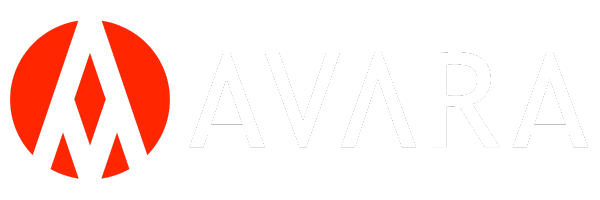Market TRENDS
Current market trends, predictions, and
lead times for the commercial construction industry.
Commercial Construction Trends and Data
Updated 10/02/2024
The value of construction built in August 2024 was $2,131.9 billion, a 0.1% month-over-month decrease and a 4.1% year-over-year growth. Despite recent fluctuations, sectors like public infrastructure and private manufacturing continue to drive growth. The sectors that showed the highest growth YoY were public safety (30.7%), manufacturing (18.3%), and water supply (17.0%).
Key Insights
Demand & Confidence
- Private commercial construction volume decreased by .1% from July-August 2024 and increased by 3.6% YoY.
- Nonresidential construction employment rose by 2.8% YoY, adding net 34,000 jobs in August.
- The ABC Construction Backlog Indicator declined in August, with contractor confidence decreasing as well.
Costs
Predictions
- Deloitte Insights predicts that in 2024, sustainable practices and technological advancements will significantly influence the construction industry. The report also anticipates a surge in construction activities related to manufacturing, transportation infrastructure, and clean energy infrastructure as funds from the Infrastructure Investment and Jobs Act (IIJA), the Inflation Reduction Act (IRA), and the Creating Helpful Incentives to Produce Semiconductors (CHIPS) Act are expected to disperse.
- The United States Construction Market is expected to record a CAGR of 5% to reach USD 1,428.5 billion in 2024, according to a report by ResearchAndMarkets.com.
Construction Input Cost Index

Source: US Bureau of Labor Statistics
Construction Material Costs
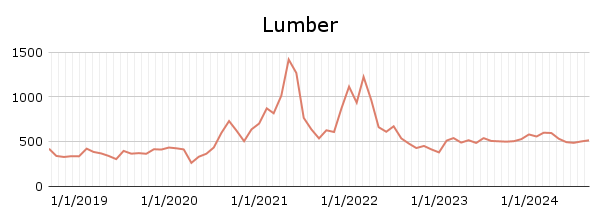
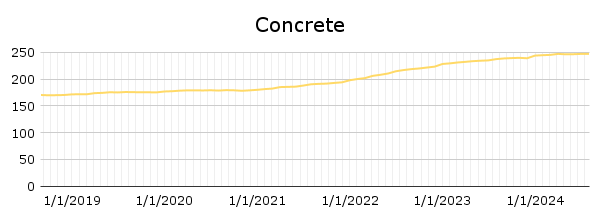
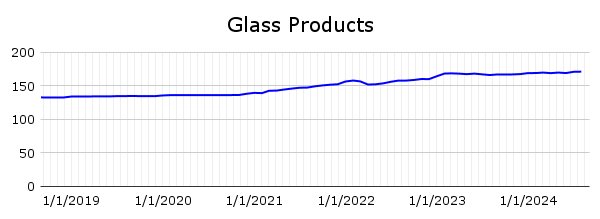

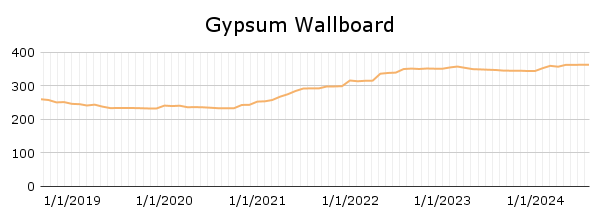
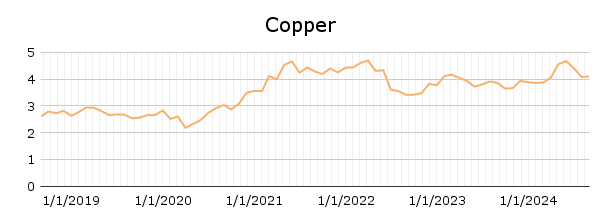
Source: US Bureau of Labor Statistics
Labor Cost Index: Construction

Source: US Bureau of Labor Statistics
Permit Timelines
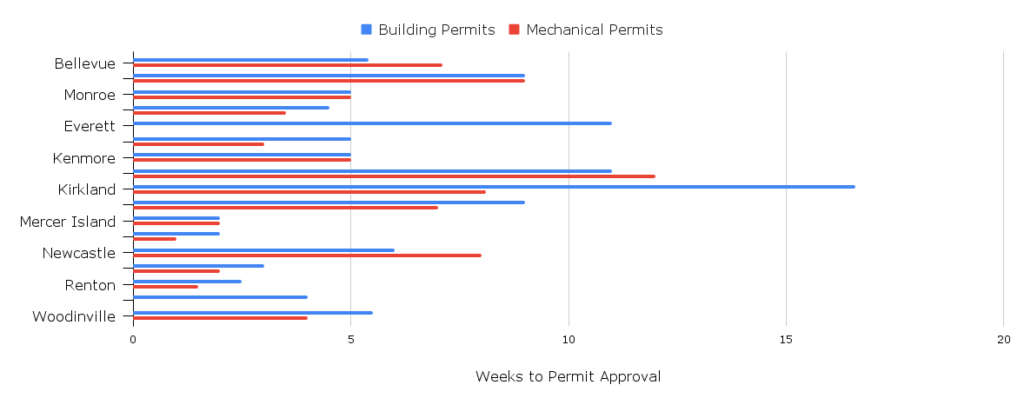
Source: Local Data
Procurement Timelines
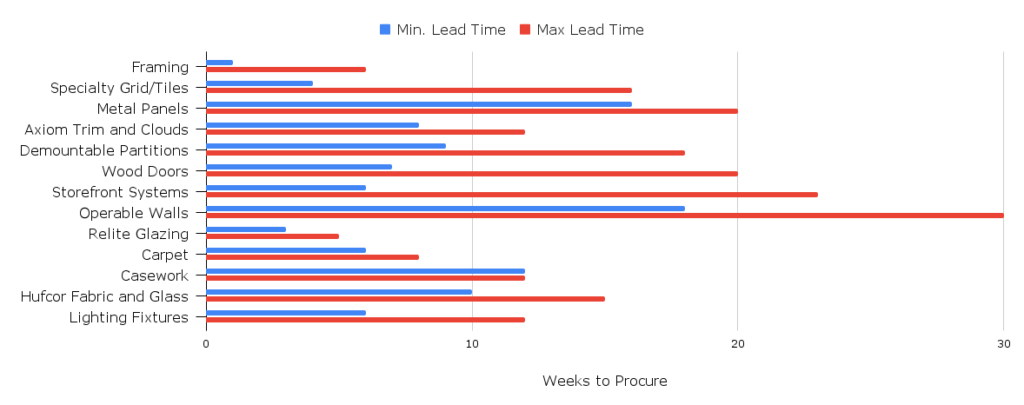
Source: Local Data
Most material procurement timelines have returned to more stabilized durations after significant procurement volatility and supply chain disruptions over the last couple of years. Still, many lead times are extended relative to historical norms for some specialty items, fixtures, and equipment. Based on our local data, these are the trends we’re seeing for material procurement.
